Prunella vulgaris
Prunella vulgaris
1. The products in our compound library are selected from thousands of unique natural products; 2. It has the characteristics of diverse structure, diverse sources and wide coverage of activities; 3. Provide information on the activity of products from major journals, patents and research reports around the world, providing theoretical direction and research basis for further research and screening; 4. Free combination according to the type, source, target and disease of natural product; 5. The compound powder is placed in a covered tube and then discharged into a 10 x 10 cryostat; 6. Transport in ice pack or dry ice pack. Please store it at -20 °C as soon as possible after receiving the product, and use it as soon as possible after opening.
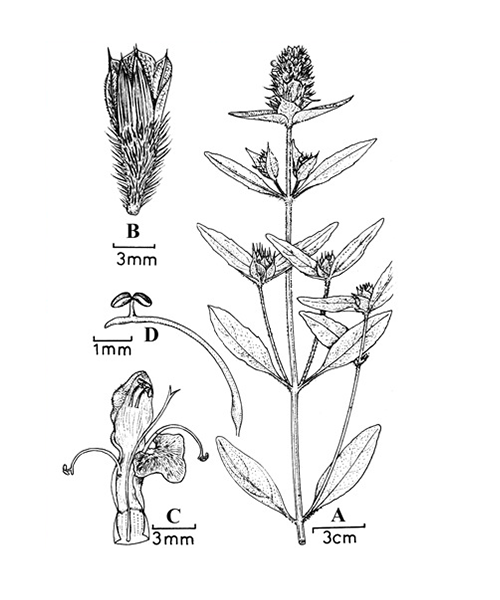
Natural products/compounds from Prunella vulgaris
- Cat.No. Product Name CAS Number COA
-
BCN6049
Quercetin117-39-5
Instructions
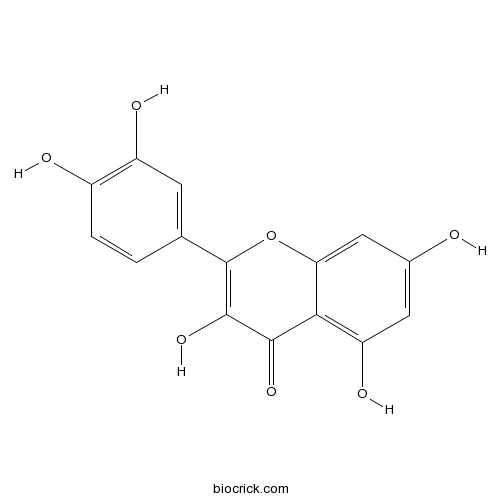
-
BCN5979
Caffeic acid331-39-5
Instructions
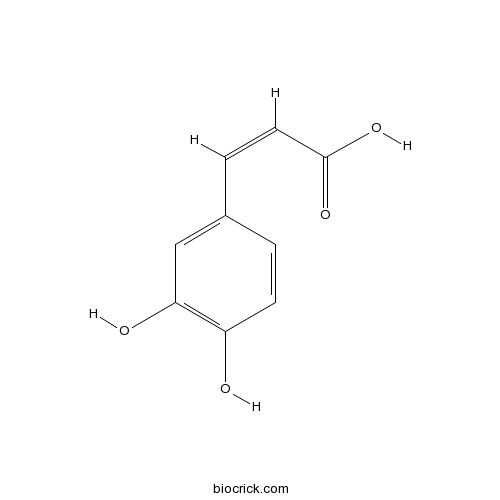
-
BCN5564
alpha-Spinasterol481-18-5
Instructions
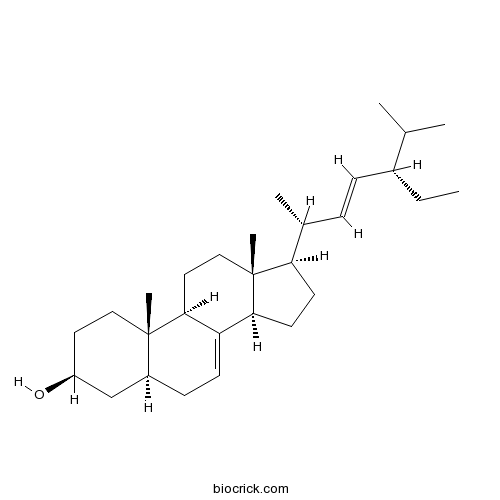
-
BCN5570
Hyperoside482-36-0
Instructions
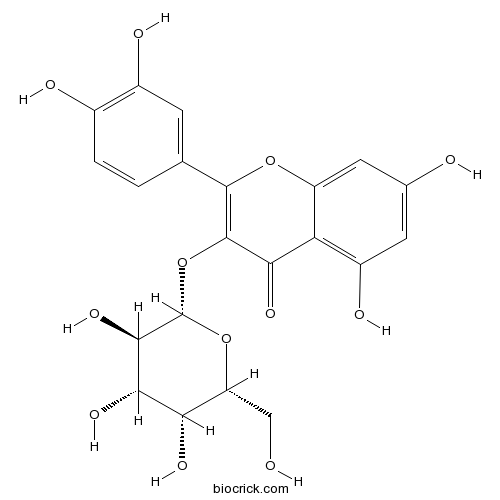
-
BCN5616
Oleanolic acid508-02-1
Instructions
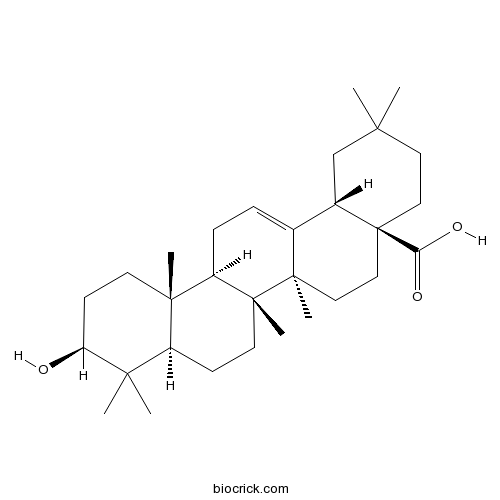
-
BCN5665
Quercitrin522-12-3
Instructions
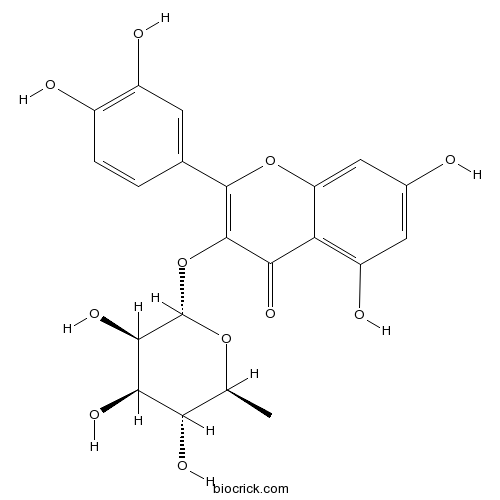
-
BCN5388
Luteolin-7-O-glucoside5373-11-5
Instructions
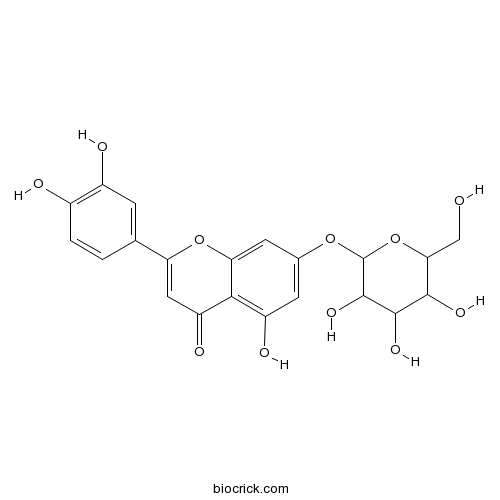
-
BCN5764
Tanshinone I568-73-0
Instructions
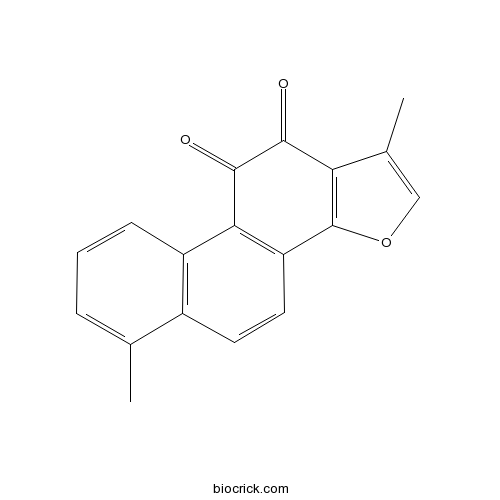
-
BCN4376
Stigmasterol83-48-7
Instructions
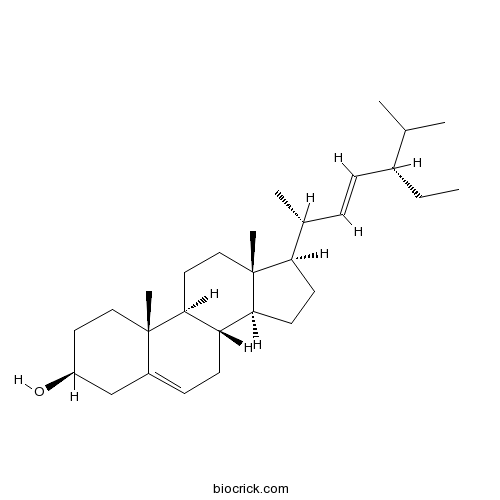
-
BCN6309
Coumarin91-64-5
Instructions
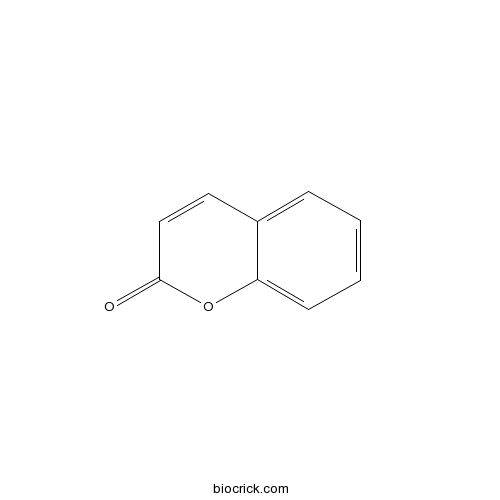
Effects of UV-B Radiation on the Content of Bioactive Components and the Antioxidant Activity of Prunella vulgaris L. Spica during Development.[Pubmed: 29695057]
None
Drought reduces floral resources for pollinators.[Pubmed: 29652102]
Climate change is predicted to result in increased occurrence and intensity of drought in many regions worldwide. By increasing plant physiological stress, drought is likely to affect the floral resources (flowers, nectar and pollen) that are available to pollinators. However, little is known about impacts of drought at the community level, nor whether plant community functional composition influences these impacts. To address these knowledge gaps, we investigated the impacts of drought on floral resources in calcareous grassland. Drought was simulated using rain shelters and the impacts were explored at multiple scales and on four different experimental plant communities varying in functional trait composition. First, we investigated the effects of drought on nectar production of three common wildflower species (Lathyrus pratensis, Onobrychis viciifolia and Prunella vulgaris). In the drought treatment, L. pratensis and P. vulgaris had a lower proportion of flowers containing nectar and O. viciifolia had fewer flowers per raceme. Second, we measured the effects of drought on the diversity and abundance of floral resources across plant communities. Drought reduced the abundance of floral units for all plant communities, irrespective of functional composition, and reduced floral species richness for two of the communities. Functional diversity did not confer greater resistance to drought in terms of maintaining floral resources, probably because the effects of drought were ubiquitous across component plant communities. The findings indicate that drought has a substantial impact on the availability of floral resources in calcareous grassland, which will have consequences for pollinator behaviour and populations.
Effect of selected plant species within biodiverse pasture on in vitro fatty acid biohydrogenation and tissue fatty acid composition of lamb.[Pubmed: 29467042]
The effect of botanical diversity on supply of polyunsaturated fatty acids (PUFA) to ruminants in vitro, and the fatty acid (FA) composition of muscle in lambs was investigated. Six plant species, commonly grown as part of UK herbal ley mixtures (Trifolium pratense, Lotus corniculatus, Achillea millefolium, Centaurea nigra, Plantago lanceolata and Prunella vulgaris), were assessed for FA profile, and in vitro biohydrogenation of constituent PUFA, to estimate intestinal supply of PUFA available for absorption by ruminants. Modelling the in vitro data suggested that L. corniculatus and P. vulgaris had the greatest potential to increase 18:3n-3 supply to ruminants, having the highest amounts escaping in vitro biohydrogenation. Biodiverse pastures were established using the six selected species, under-sown in a perennial ryegrass-based sward. Lambs were grazed (~50 days) on biodiverse or control pastures and the effects on the FA composition of musculus longissimus thoracis (lean and subcutaneous fat) and musculus semimembranosus (lean) were determined. Biodiverse pasture increased 18:2n-6 and 18:3n-3 contents of m. semimembranosus (+14.8 and +7.2 mg/100 g tissue, respectively) and the subcutaneous fat of m. longissimus thoracis (+158 and +166 mg/100 g tissue, respectively) relative to feeding a perennial ryegrass pasture. However, there was no effect on total concentrations of saturated FA in the tissues studied. It was concluded that enhancing biodiversity had a positive impact on muscle FA profile reflected by increased levels of total PUFA.
Effects of land use on arbuscular mycorrhizal fungal communities in Estonia.[Pubmed: 29387979]
Arbuscular mycorrhizal (AM) fungal communities vary across habitat types, as well as across different land use types. Most relevant research, however, has focused on agricultural or other severely human-impacted ecosystems. Here, we compared AM fungal communities across six habitat types: calcareous grassland, overgrown ungrazed calcareous grassland, wooded meadow, farmyard lawn, boreonemoral forest, and boreonemoral forest clear-cut, exhibiting contrasting modes of land use. AM fungi in the roots of a single host plant species, Prunella vulgaris, and in its rhizosphere soil were identified using 454-sequencing from a total of 103 samples from 12 sites in Estonia. Mean AM fungal taxon richness per sample did not differ among habitats. AM fungal community composition, however, was significantly different among habitat types. Both abandonment and land use intensification (clearcutting; trampling combined with frequent mowing) changed AM fungal community composition. The AM fungal communities in different habitat types were most similar in the roots of the single host plant species and most distinct in soil samples, suggesting a non-random pattern in host-fungal taxon interactions. The results show that AM fungal taxon composition is driven by habitat type and land use intensity, while the plant host may act as an additional filter between the available and realized AM fungal species pool.
Prunella vulgaris L. Exerts a Protective Effect Against Extrinsic Aging through NF-κB, MAPKs, AP-1, and TGF-β/Smad Signaling Pathways in UVB-Aged Normal Human Dermal Fibroblasts.[Pubmed: 29378470]
Prunella vulgaris L., a well-known traditional Chinese herbal medicine, has anti-inflammatory and antioxidant activities. In the present study, the underlying molecular mechanisms of the protective effect of P. vulgaris extract (PVE) were investigated in UVB-irradiated normal human dermal fibroblasts (NHDFs). The mRNA expression of matrix metalloproteinases (MMPs), procollagen type I, and cytokines, such as interleukin-6 (IL-6) and tumor necrosis factor (TNF-α), was determined by reverse transcription-polymerase chain reaction. The expression of anti-photoaging-related signaling molecules in the NF-κB, MAPK/AP-1, and TGF/Smad pathways was assessed by western blot. We observed that PVE blocked the upregulated production of radical oxygen species induced in UVB-irradiated NHDFs in a dose-dependent manner. Treatment with PVE also significantly ameliorated the mRNA levels of MMPs, procollagen type I, TNF-α, and IL-6. In addition, the phosphorylation level of c-Jun and c-Fos was decreased through the attenuated expression levels of p-ERK and p-JNK after treatment with PVE. Furthermore, cells treated with PVE showed inhibited Smad 7 and increased Smad 2/3 expression in the TGF-β/Smad signaling pathway. Hence, synthesis of procollagen type I, a precursor of collagen I, was promoted. These findings indicate that treatment with PVE has a potential protective effect against UVB-induced photoaging and photoinflammation.
Targeted and Untargeted Metabolic Profiling of Wild Grassland Plants identifies Antibiotic and Anthelmintic Compounds Targeting Pathogen Physiology, Metabolism and Reproduction.[Pubmed: 29374230]
Plants traditionally used by farmers to manage livestock ailments could reduce reliance on synthetic antibiotics and anthelmintics but in many cases their chemical composition is unknown. As a case study, we analyzed the metabolite profiles of 17 plant species and 45 biomass samples from agricultural grasslands in England using targeted and untargeted metabolite profiling by liquid-chromatography mass spectrometry. We identified a range of plant secondary metabolites, including 32 compounds with known antimicrobial/anthelmintic properties which varied considerably across the different plant samples. These compounds have been shown previously to target multiple aspects of pathogen physiology and metabolism in vitro and in vivo, including inhibition of quorum sensing in bacteria and egg viability in nematodes. The most abundant bioactive compounds were benzoic acid, myricetin, p-coumaric acid, rhamnetin, and rosmarinic acid. Four wild plants (Filipendula ulmaria (L.) Maxim., Prunella vulgaris L., Centuarea nigra L., and Rhinanthus minor L.) and two forage legumes (Medicago sativa L., Trifolium hybridium L.) contained high levels of these compounds. Forage samples from native high-diversity grasslands had a greater abundance of medicinal compounds than samples from agriculturally improved grasslands. Incorporating plants with antibiotic/anthelmintic compounds into livestock feeds may reduce global drug-resistance and preserve the efficacy of last-resort drugs.


